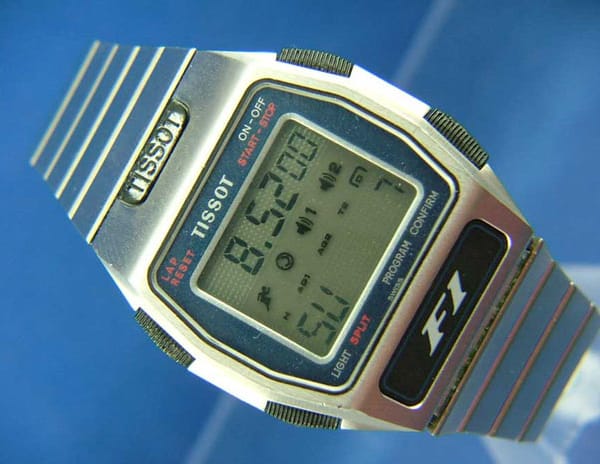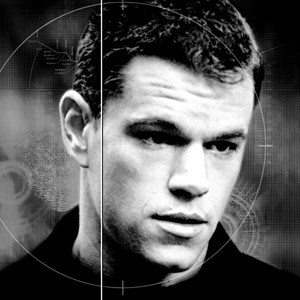The Omega Speedmaster is perhaps the greatest icon in the watchmaking world. For over 50 years, the Speedy has been the gold standard by which all high-end chronos are measured, and the history of the line can fill volumes (in fact we have: check out our series on the history of the Speedmaster here). However, for all that game-changing, moon landing history, and the dizzying array of variants, there’s one line of Speedmasters that always seems to fall by the wayside somewhat: the Speedmaster Schumacher.
It’s easy to forget with the NASA heritage and the Moonwatch designation (which, even as a racing fan, I can’t argue, is the coolest distinction ever awarded to a timepiece) that the Speedmaster line was designed as a racer’s watch, and the Schumacher Speedys take that to the nth degree by partnering with the man who, by the numbers at least, is the single greatest racing driver of all time- Michael Schumacher.
Now, I grew up watching Michael dominate the championship again and again with Scuderia Ferrari, so my view may be a little biased, but to me Michael Schumacher is absolutely unmatched as a driver. Over the course of 21 years in the sport (including a 4-year hiatus from 2007 to 2010), the German racked up an unmatched 7 world driver’s championships, 5 of them consecutive (2000-2004), 91 Grand Prix wins, 68 pole positions, 77 fastest laps, as well as the record for most wins in a single season (13, in 2002), most consecutive podium finishes (19), and a whole host of others. In short, Schumacher rewrote the record books, and while some of his records have since been surpassed, it’s unlikely the sport will ever see a driver of this caliber, or one so thoroughly dominant, for a very long time.
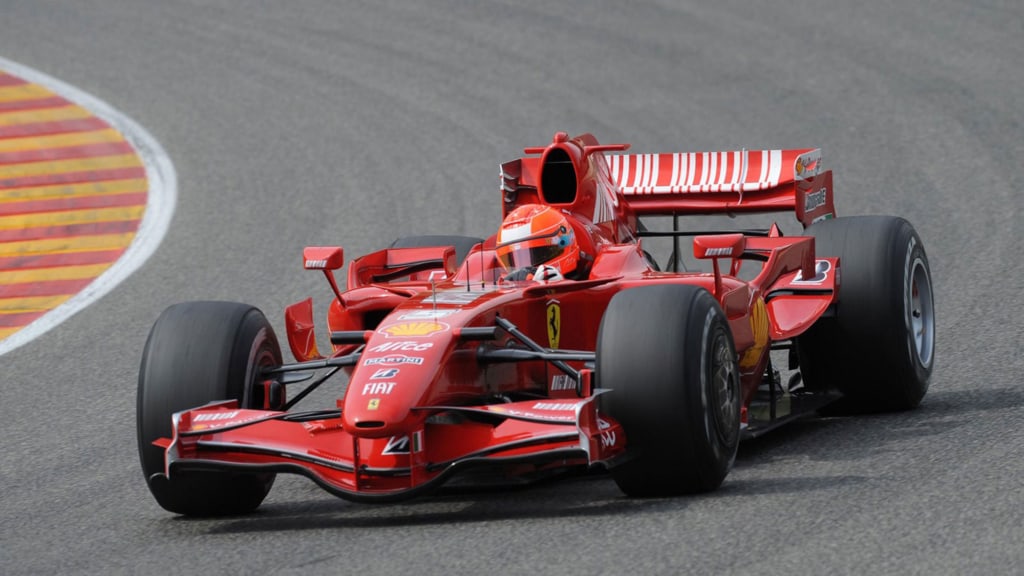
Schumacher’s a divisive character to many, not only for his absolute supremacy over the championship in his time, but for the hunger with which he pursued those victories. Perhaps no other sportsman in history has wanted to win as badly as Schumacher did. Michael was consistently the most physically fit driver on the grid by far, rigorously training himself to the limit. He became notorious for winning physically strenuous Grand Prix, stepping out of the car looking perfectly fresh while his rivals were drenched in sweat, then immediately going to the winner’s podium and demonstrating an impressive vertical leap while receiving his trophy.
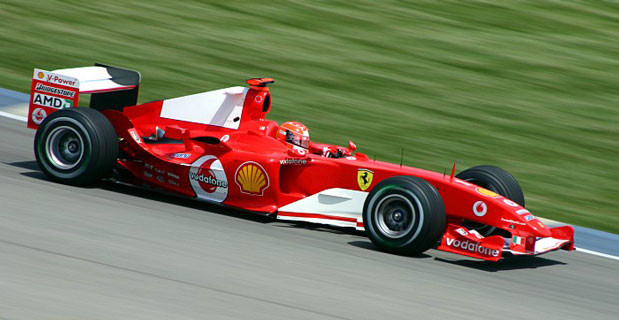
He didn’t just push his body, he pushed teams to the limits of their performance as well, logging so many testing laps at Ferrari’s Fiorano test track during his time with the team, that many Ferrari personnel only half-jokingly began to wonder if he was a machine himself, constantly pounding around and feeding the team data about the car. On the other hand, this insatiable desire for victory led him to moves which were called dangerous and unsportsmanlike. In the last Grand Prix of the season in 1997, for example, Schumacher deliberately crashed into his championship rival, Williams driver Jacques Villeneuve, in order to secure the title for himself. This move resulted with Schumacher being excluded from the entire 1997 points standings and Villeneuve being given the title.
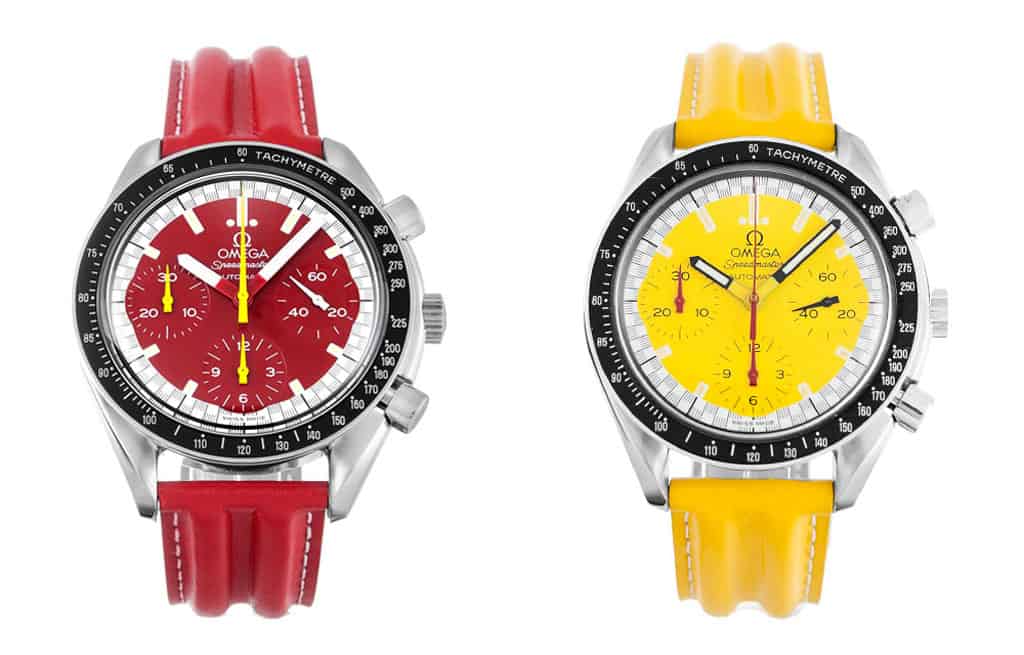
Or take for example the qualifying session for the 2006 Monaco Grand Prix. Schumacher had set the pole time for Ferrari at the notoriously qualifying-centric track, and as the clock ran down on the qualifying session, parked his car on the racing line at the Rascasse corner. The official explanation was that the car had stalled after he had out braked himself, but the car was enough of an obstacle to prevent his rival at Renault, Fernando Alonso, from setting the fastest time (up until that point in the lap, Alonso was on pace to take pole).
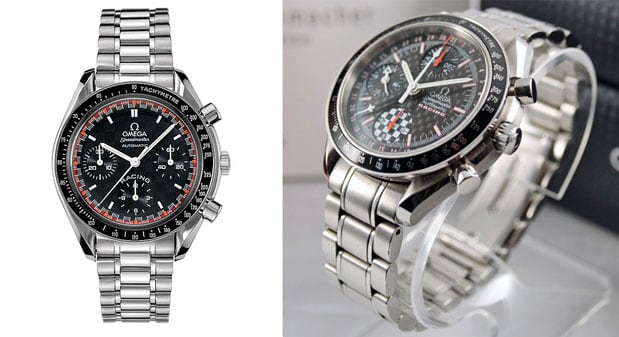
But beyond that drive for victory lay one of the greatest natural talents ever to set foot in a racing car. He was especially good in the wet, earning the nickname “Der Regenmeister” (the Rain Master) for performances like his victory in the downpour at the 1996 Spanish Grand Prix, touted by many as the greatest drive of all time. He was incredibly intelligent behind the wheel as well. One anecdote in particular stands out for this. At one point in a particular Grand Prix, Schumacher broke team radio silence to wonder aloud that the clouds in the distance looked like rain, and that his flight home might be delayed as a result. This should be clarified, as he was figuring all this out while leading the race and cornering at 160 miles an hour. He was calculated, smart, and always planned two steps ahead of his competition. Overall, Michael Schumacher was absolutely unbeatable in his time. With all his racing experience as well, it makes the skiing accident that put him in a coma for several months all the more tragic. But whatever becomes of Schumacher’s legacy, the man left his name to many incredible pieces, including the Speedmaster.

Since 1996, Omega has commemorated the legendary driver with the Speedmaster Schumacher, and several variants stand out from the rest. The original red variant from 1996 adds a vibrant pop of color while celebrating Michael’s first year at Ferrari, but for my money the most attractive model is the “Legend” variant from 2004, available with white, black or red dial. The black, especially, is a well-executed reverse panda style dial, and the contrast between the elements is stunning. As for size, all Speedmaster Schumachers are Speedmaster Reduced automatic models with a 39mm diameter. While for many, this is improper for a Speedy, as opposed to the Moonwatch’s 45mm size, for myself and many others 39mm hits that apex of wearability perfectly. The Schumachers, especially the Legend series, are versatile enough to dress up or down, fitting all but true dress-watch occasions. As for price, well-documented examples range from about $3000-$4000.
by Sean Lorentzen









 Featured Videos
Featured Videos





